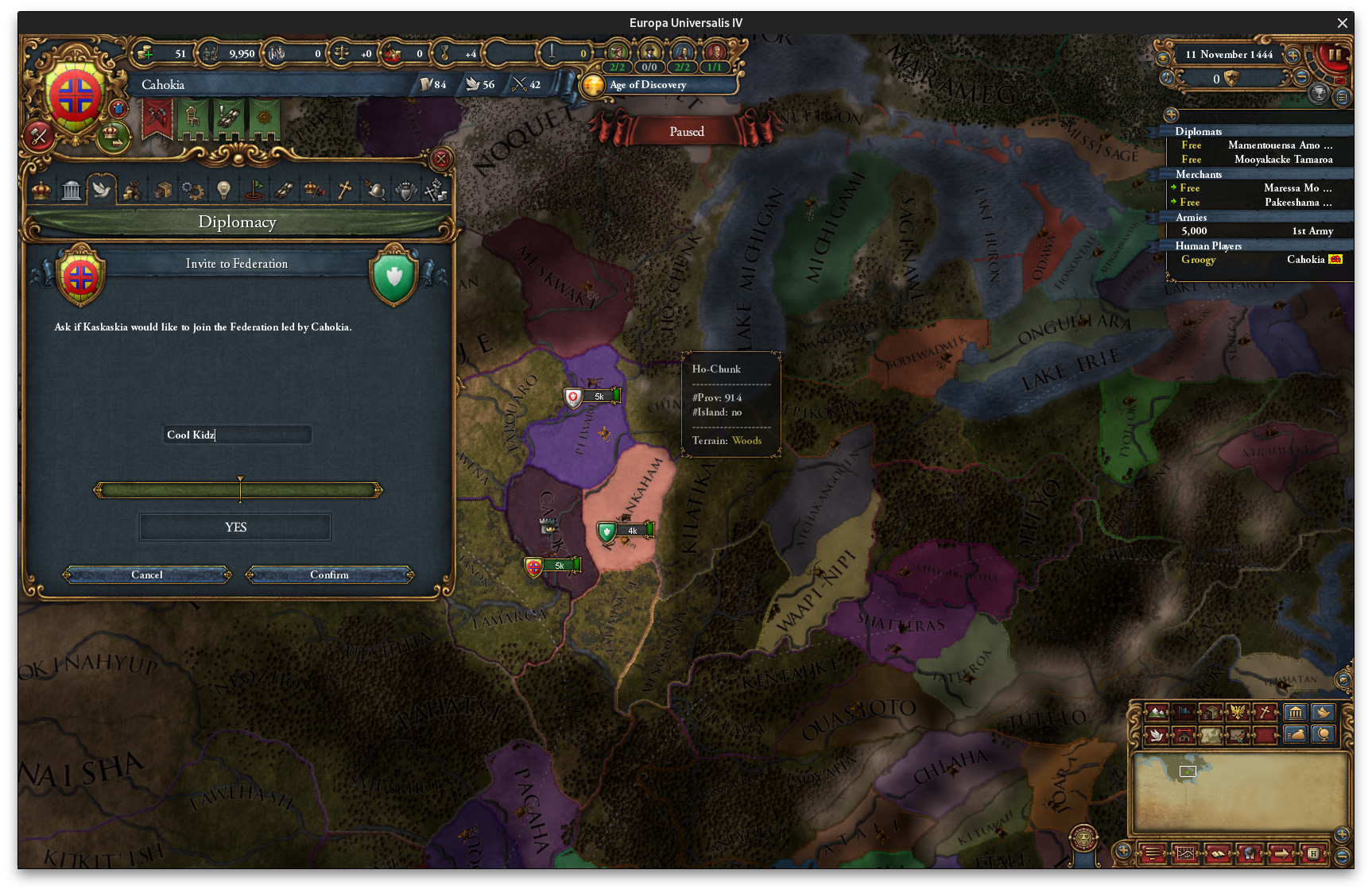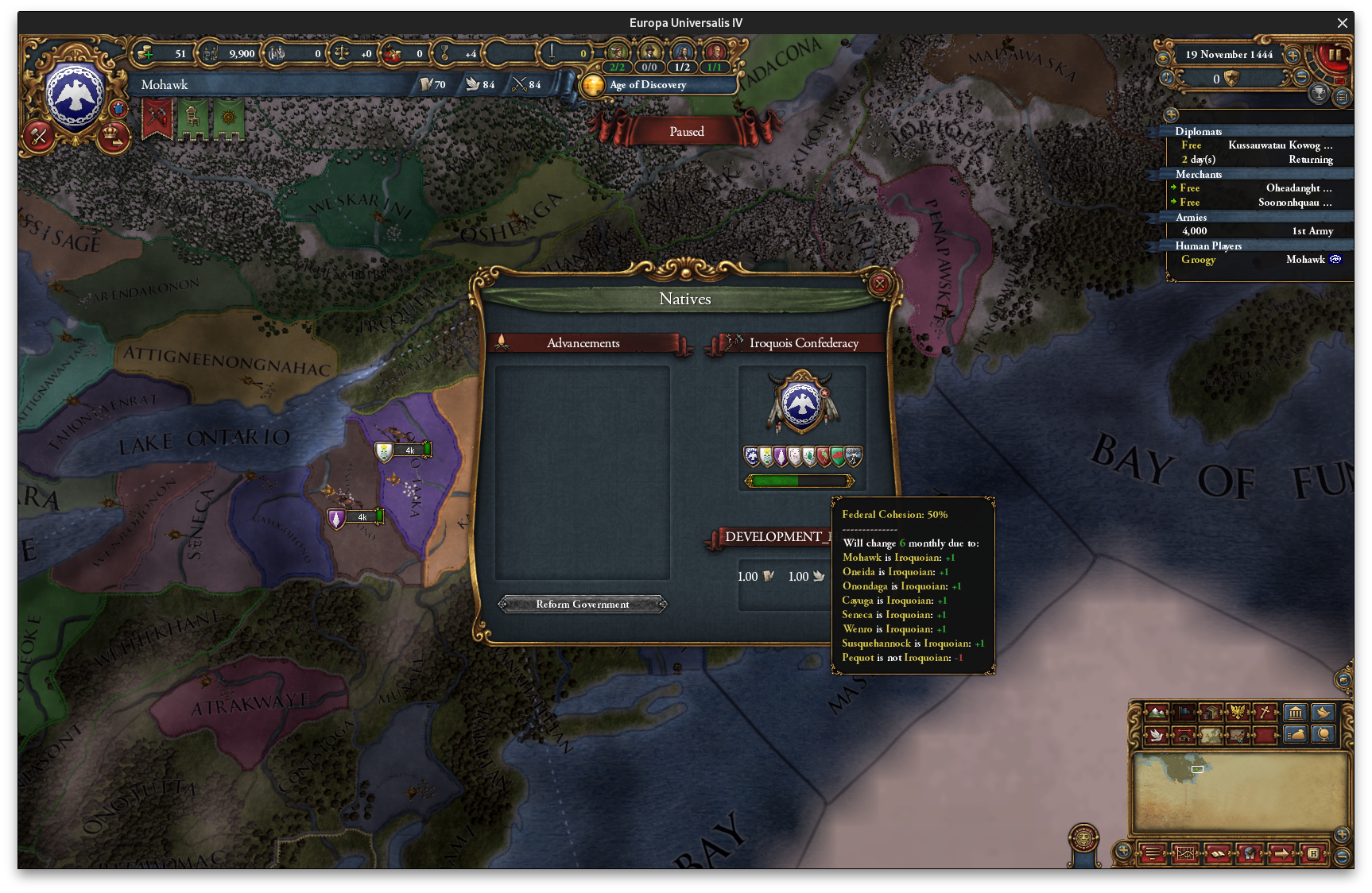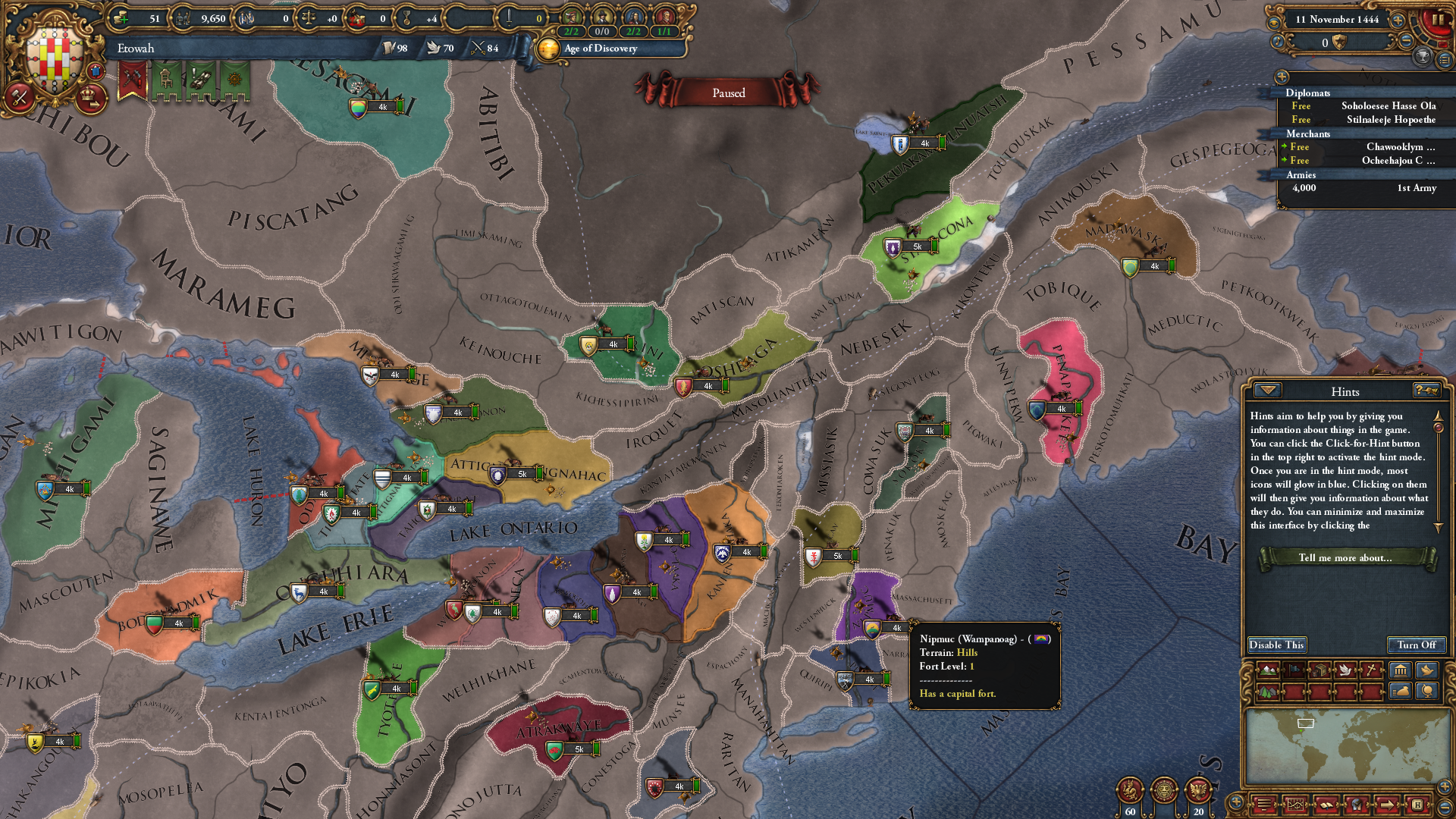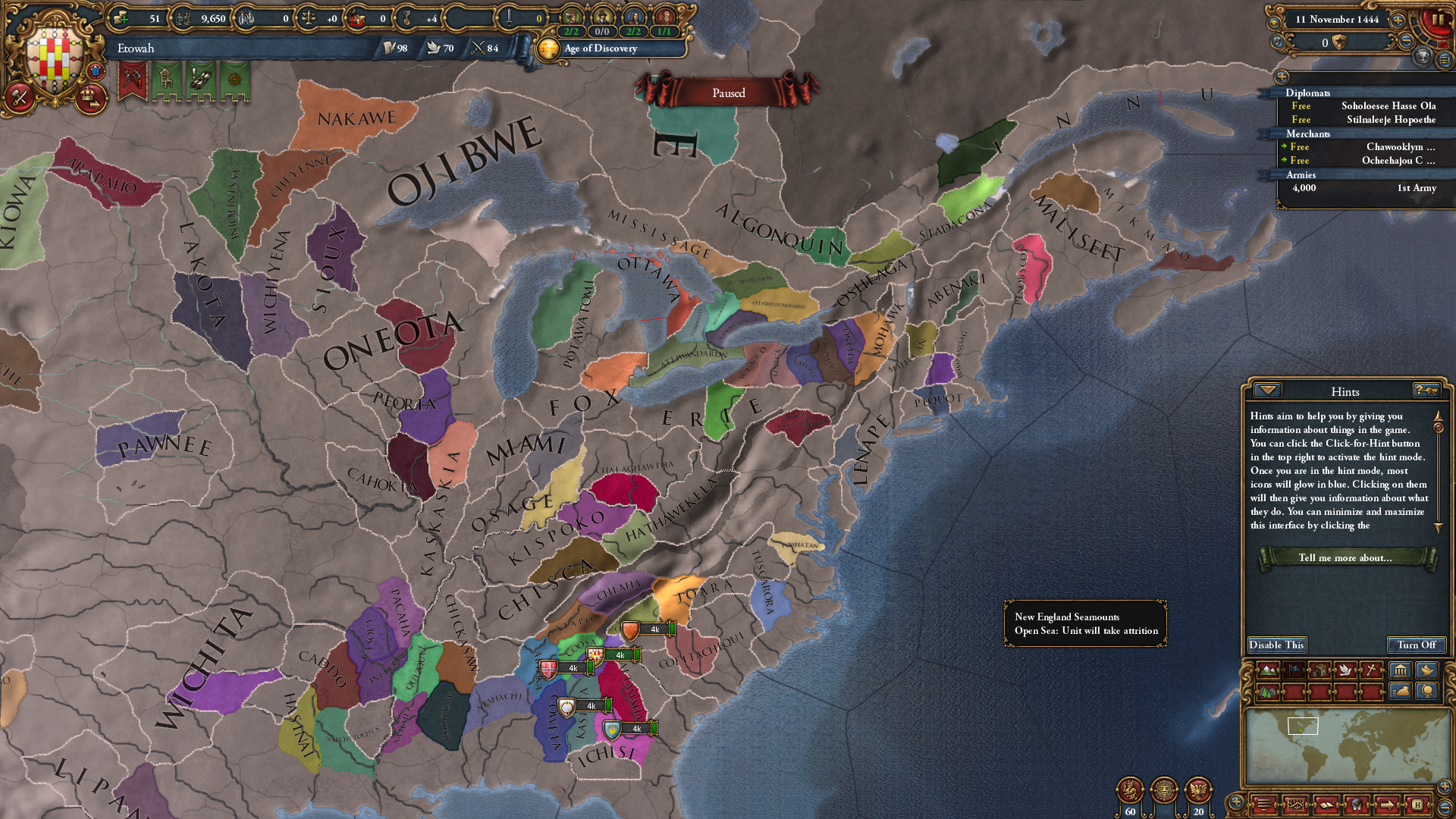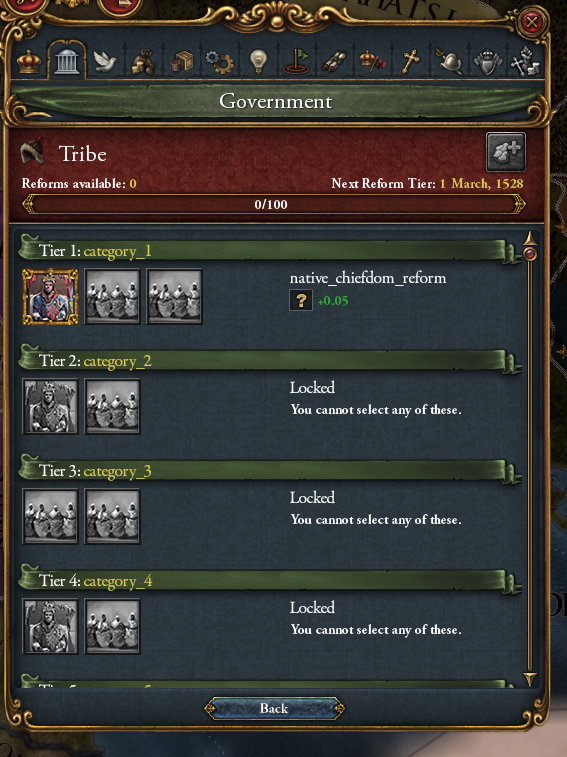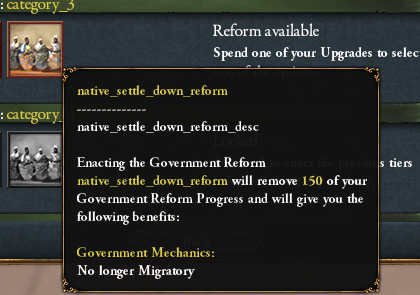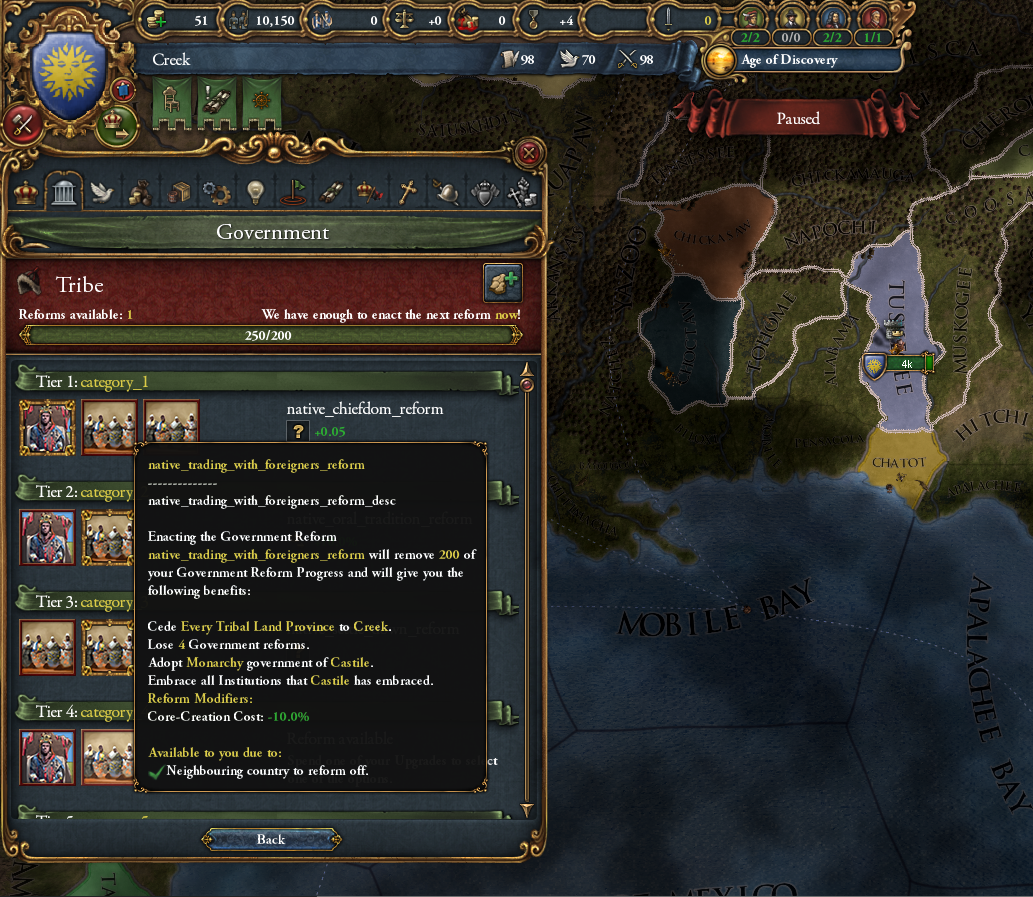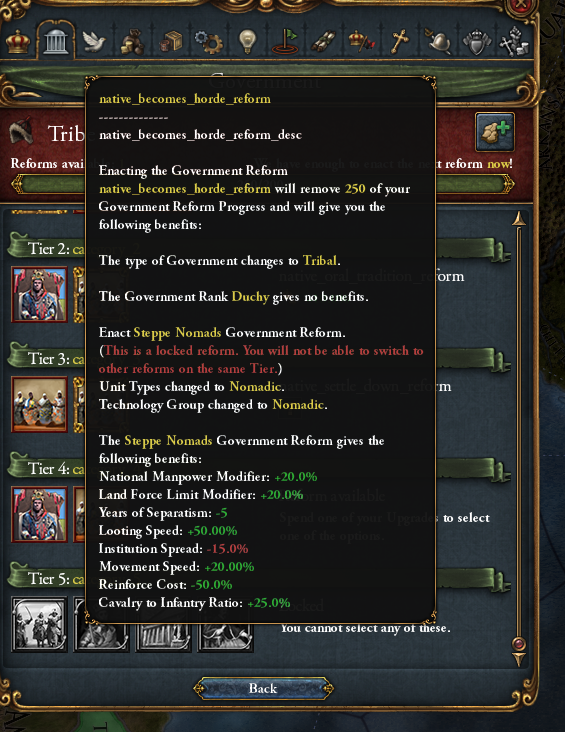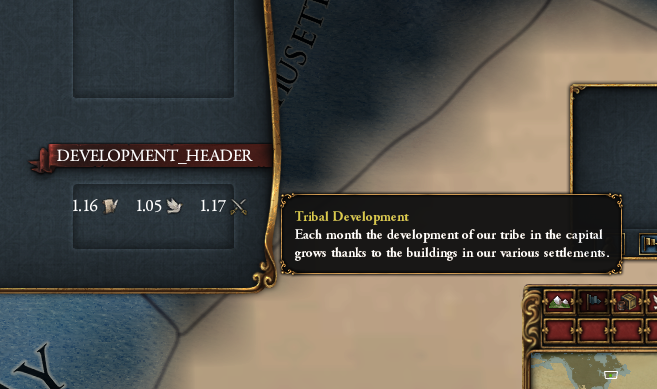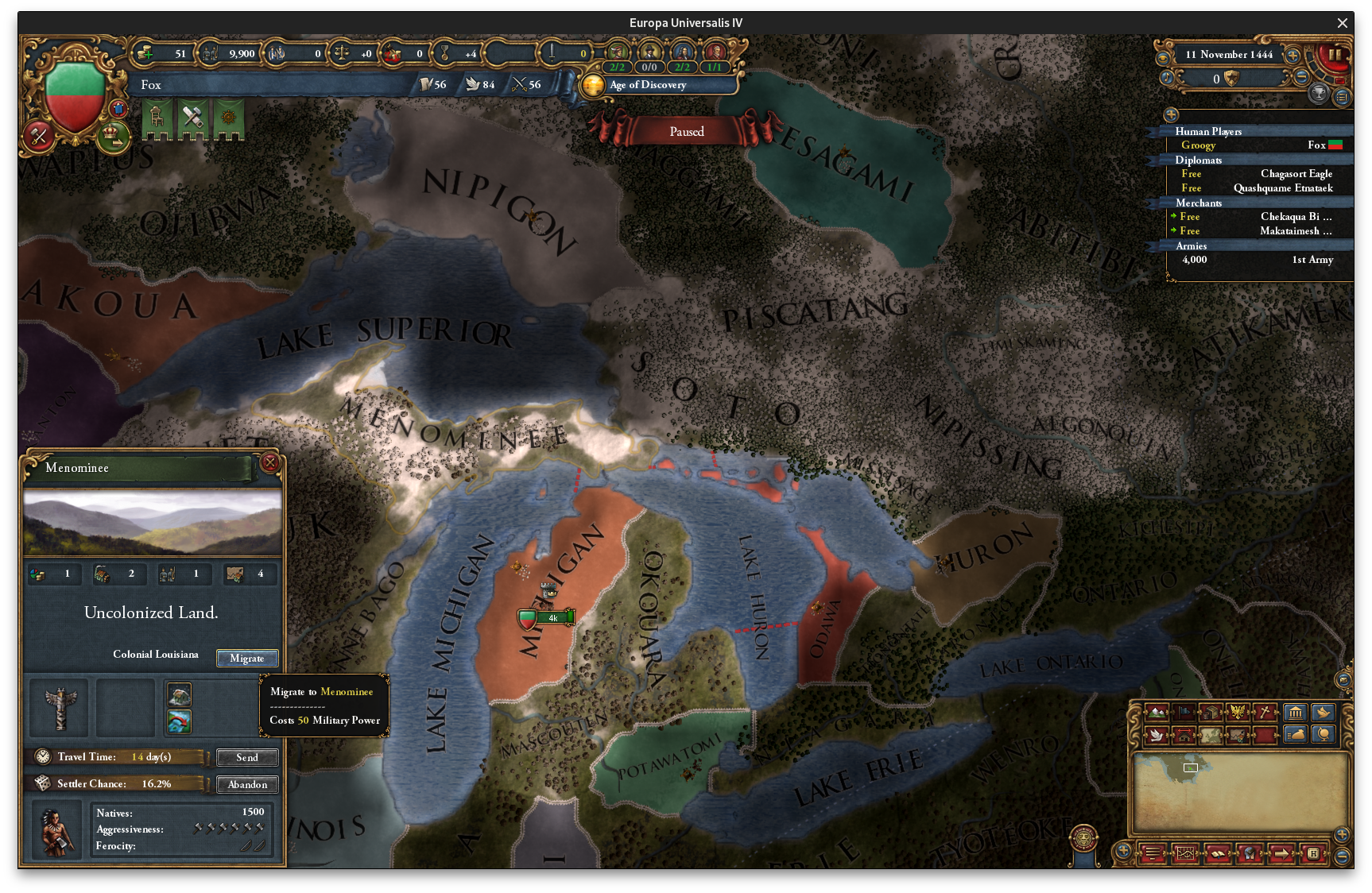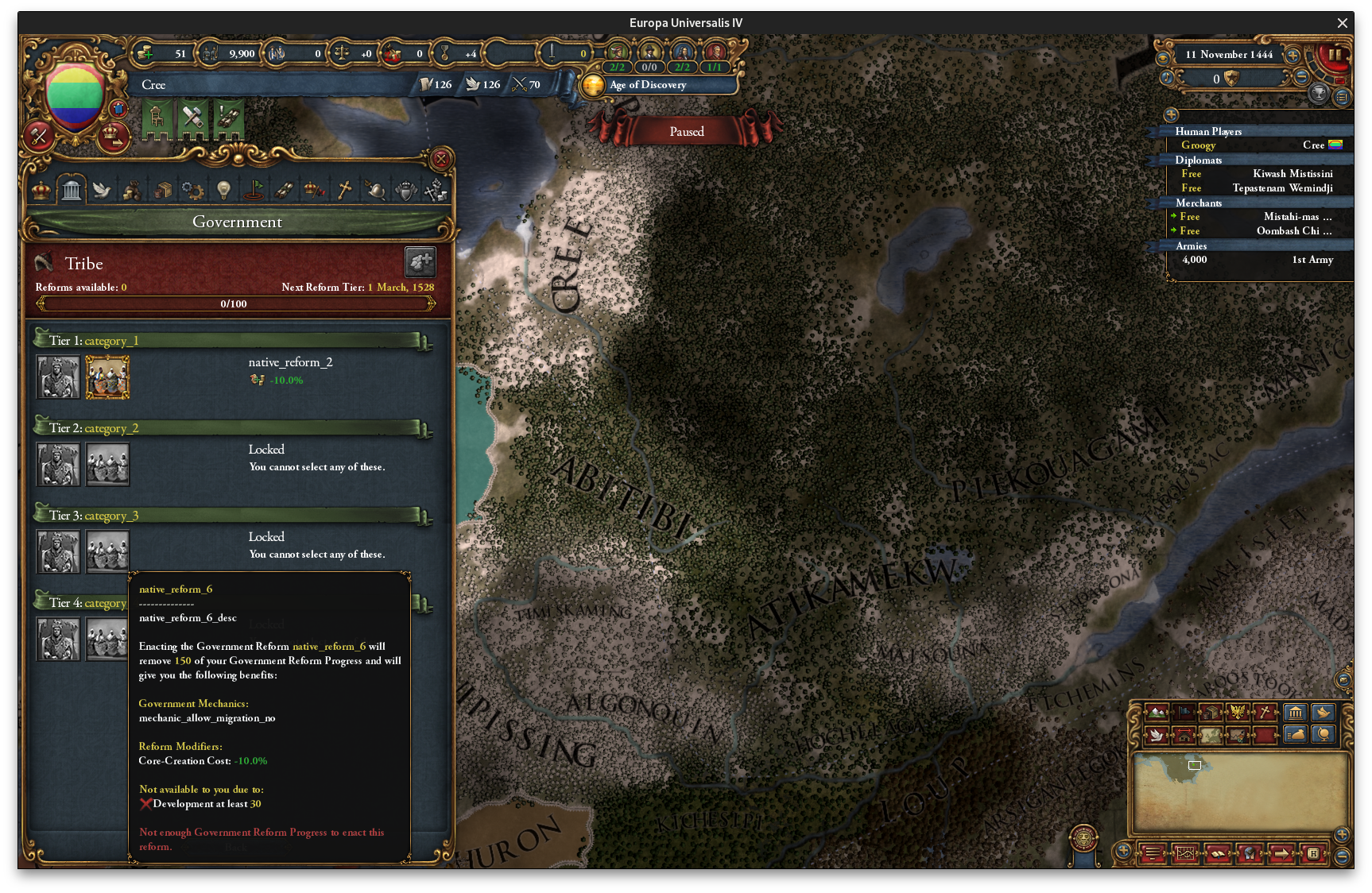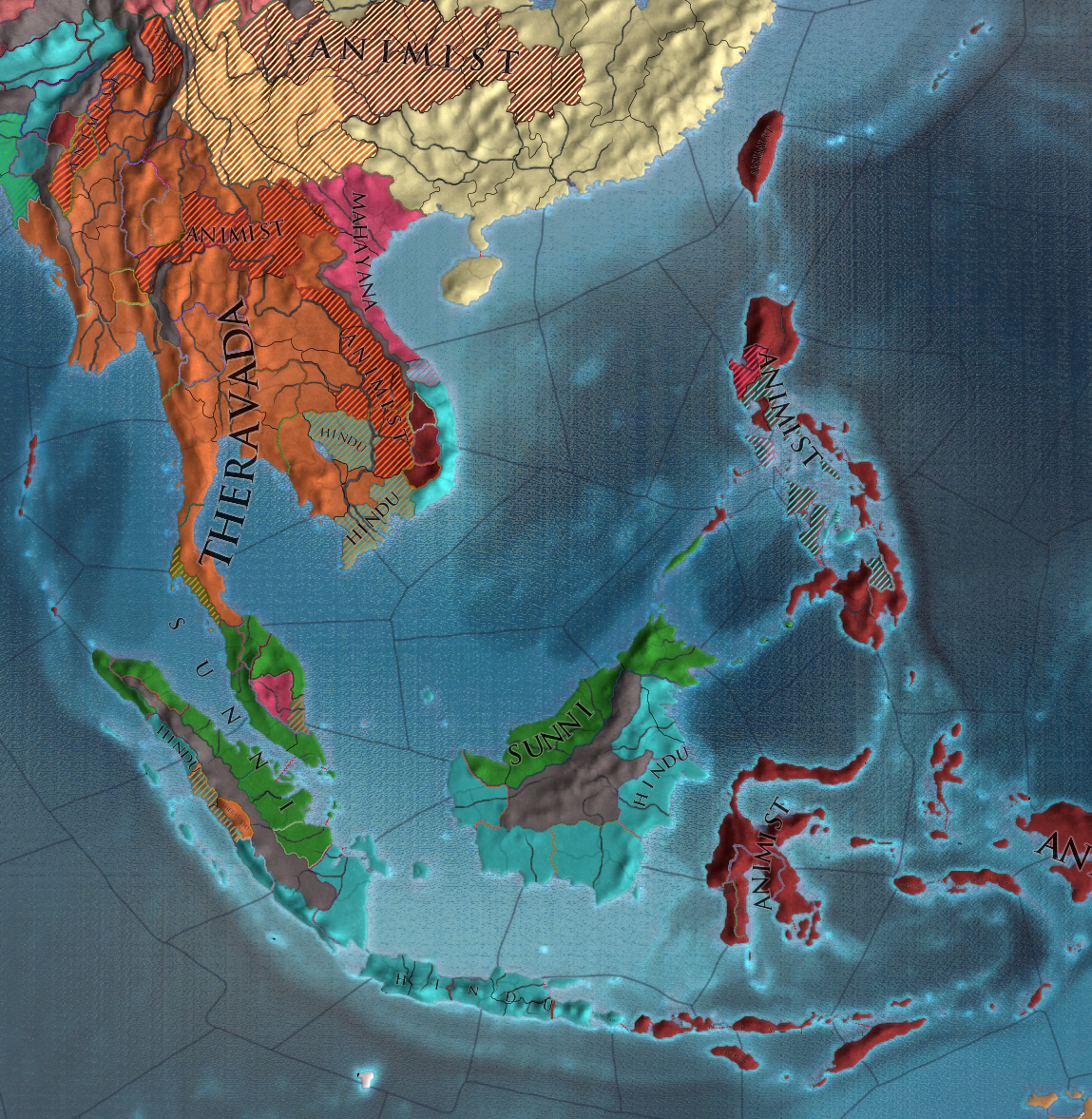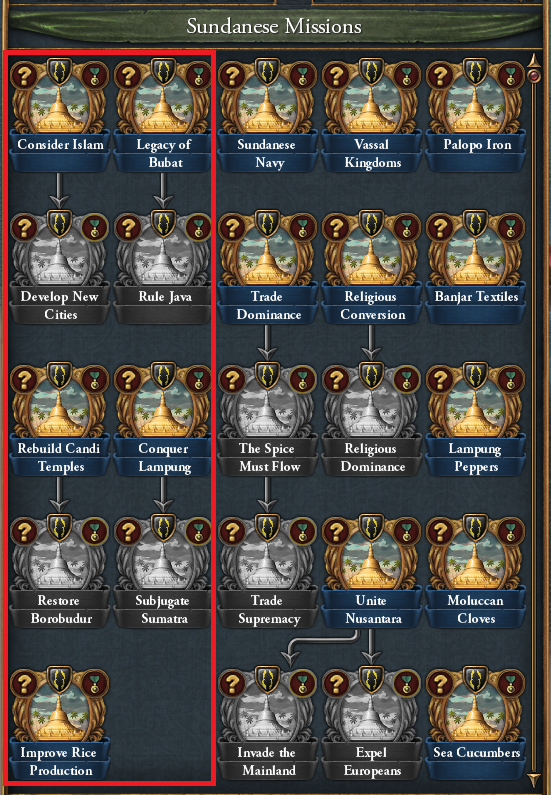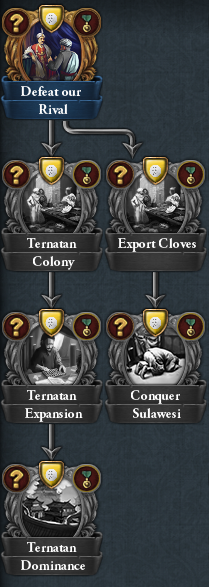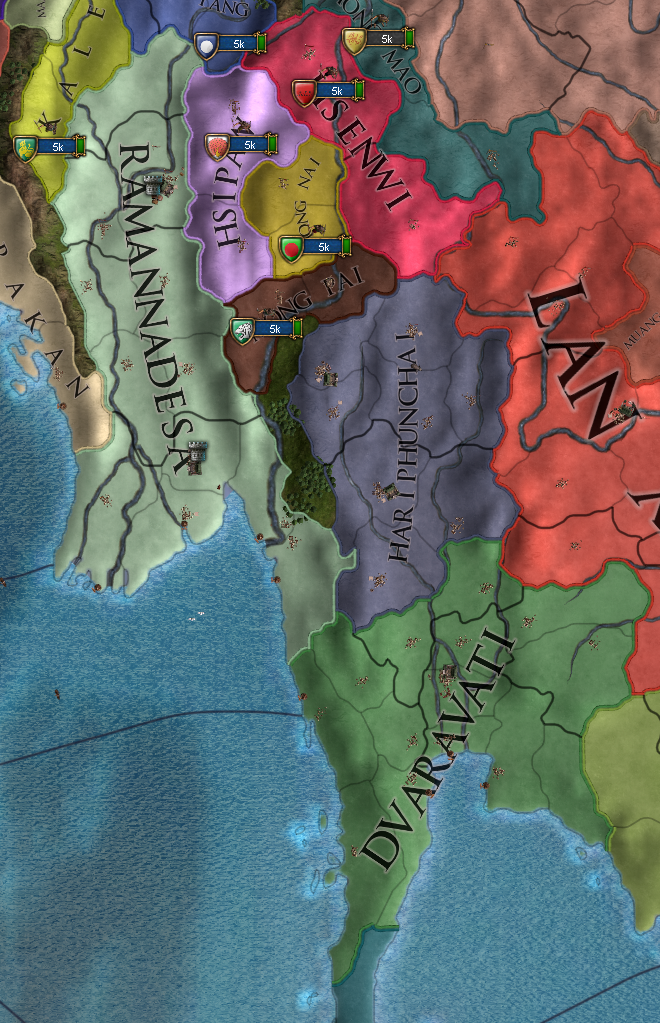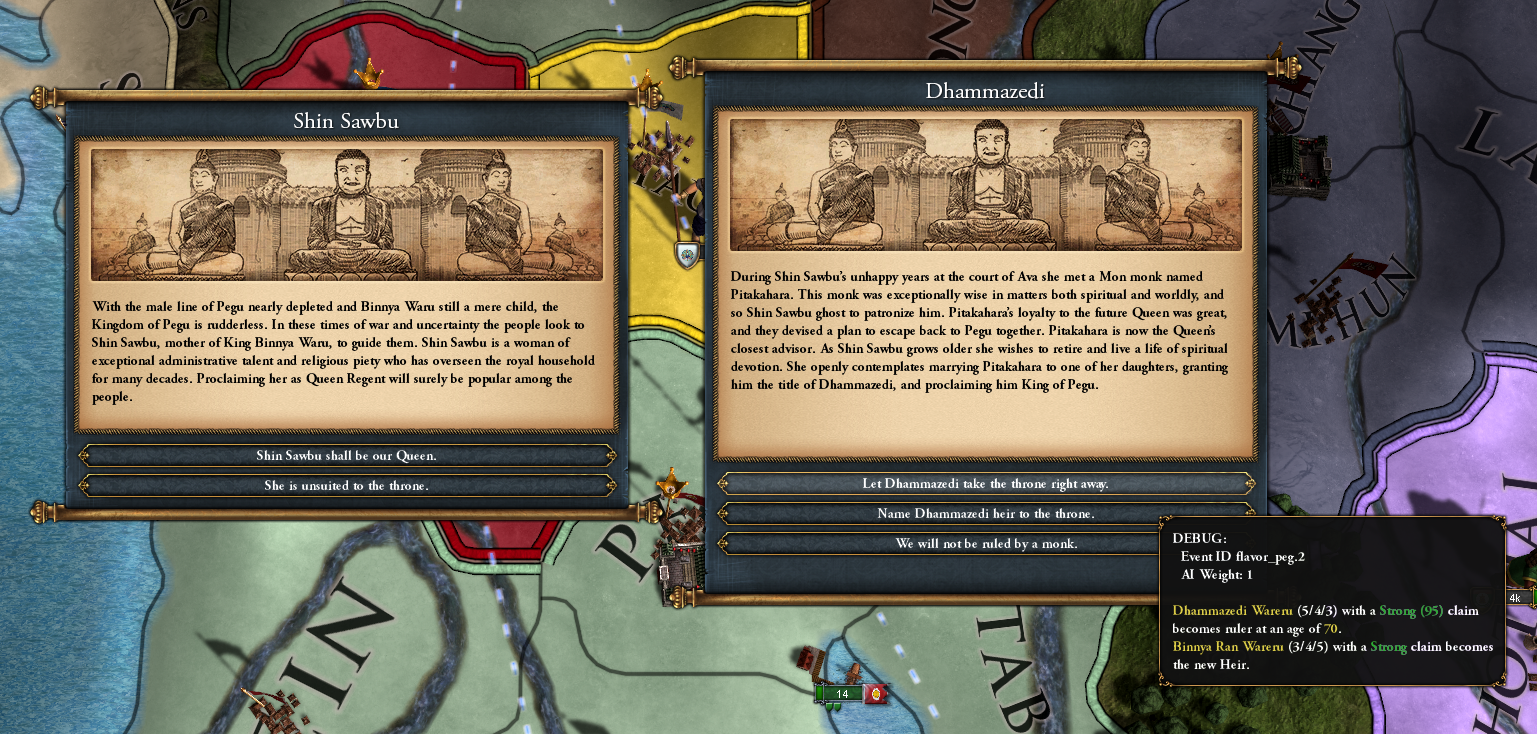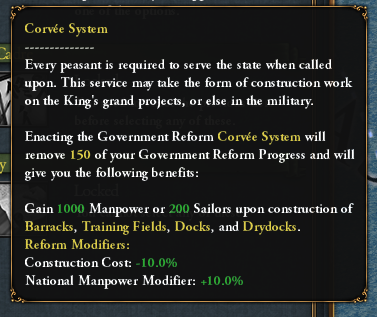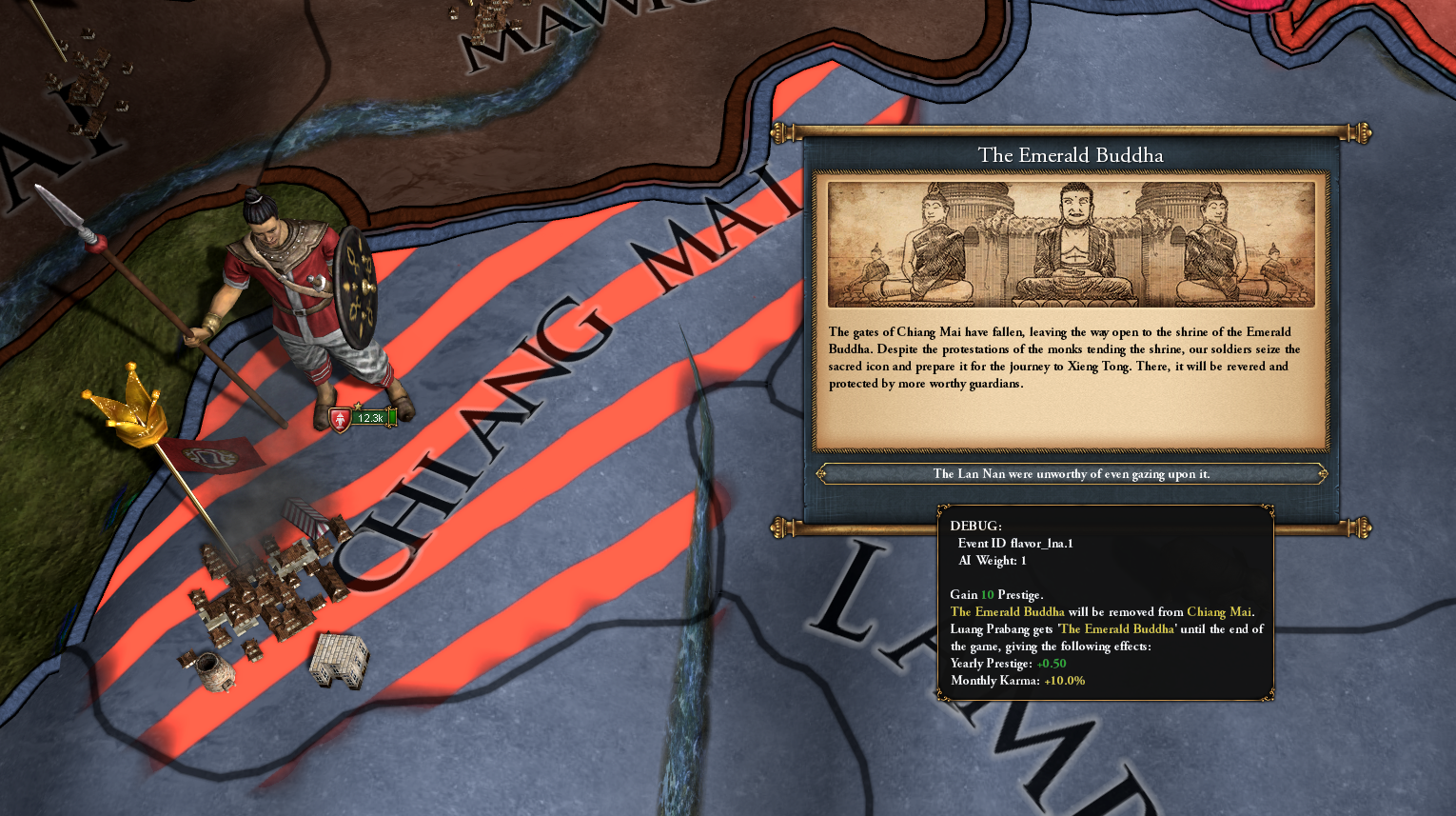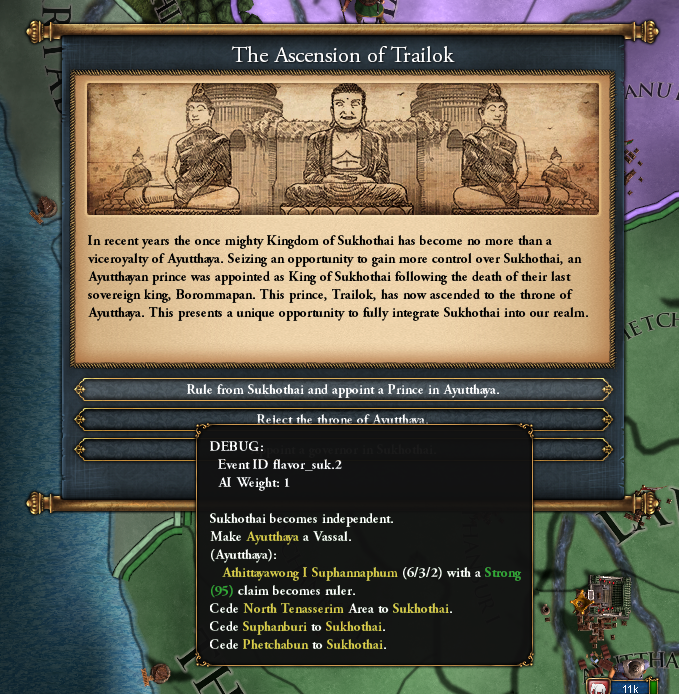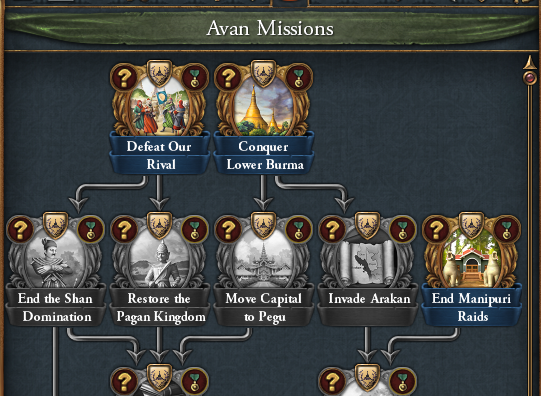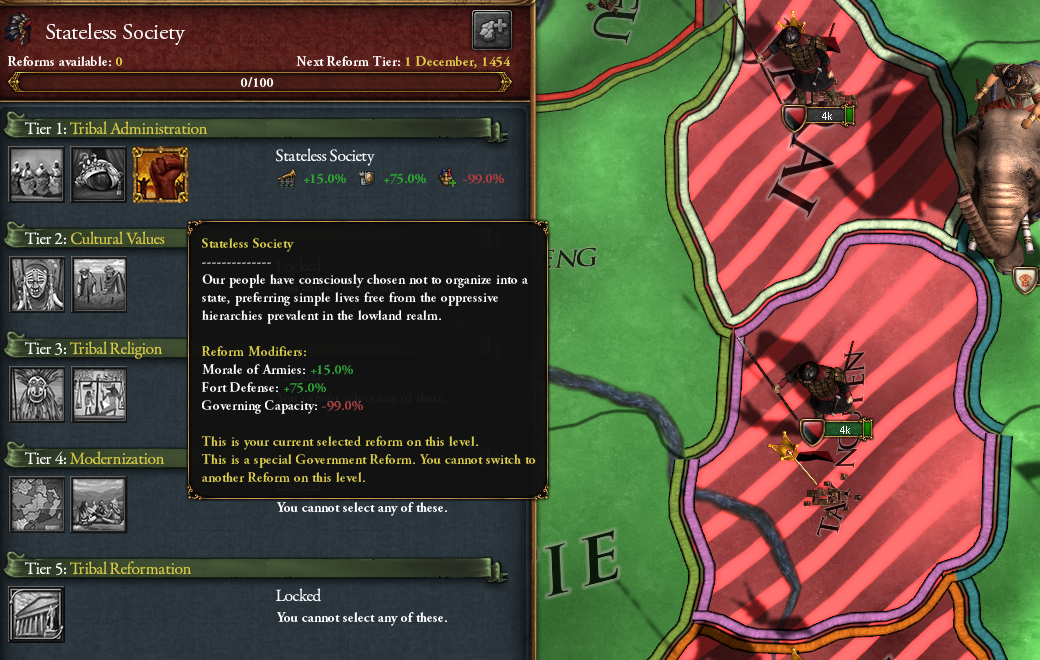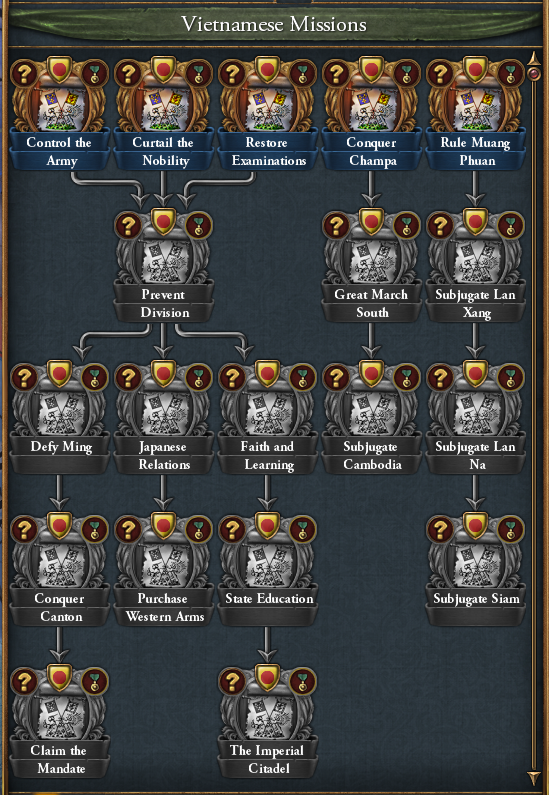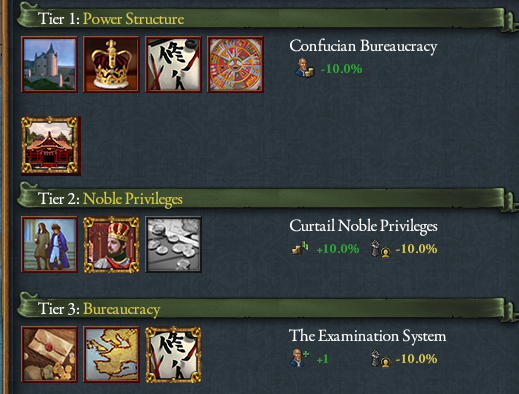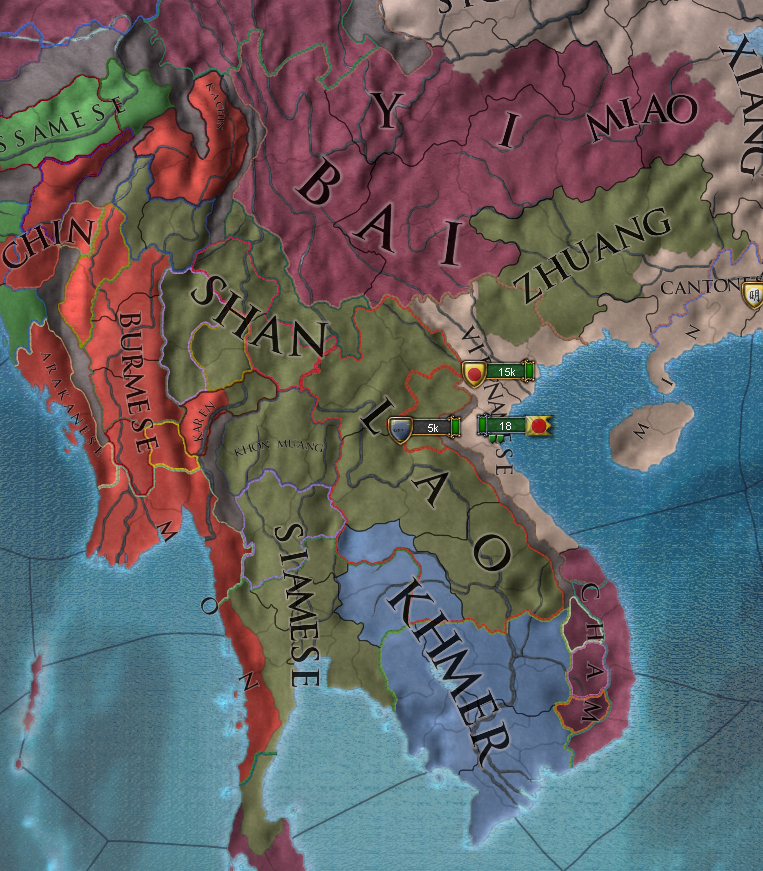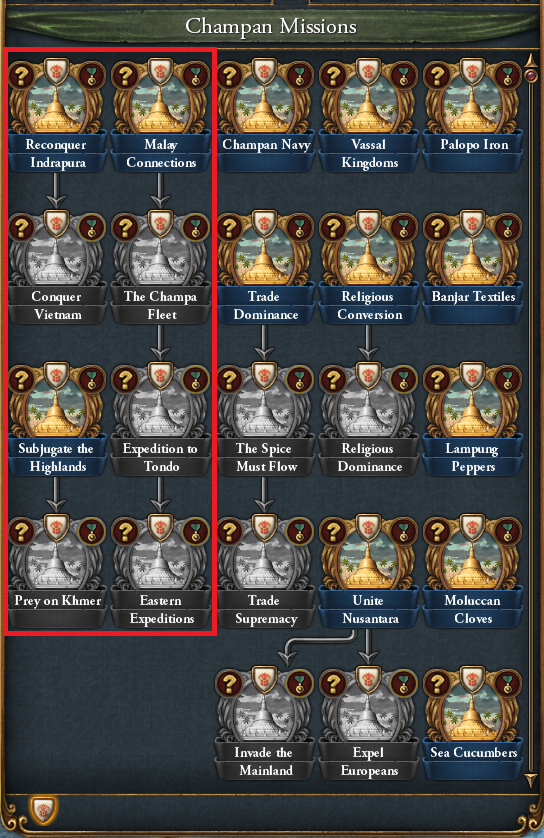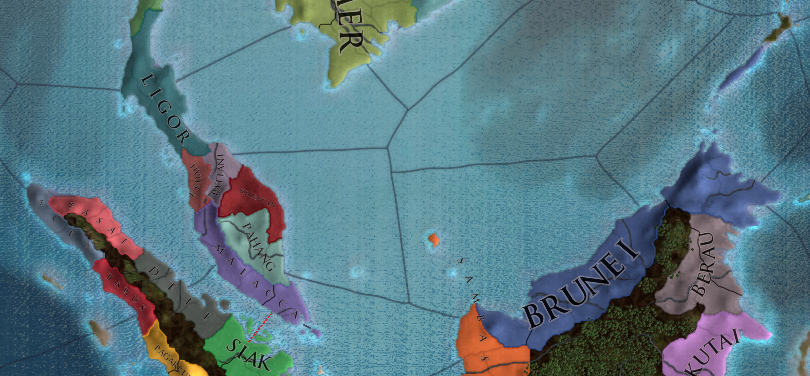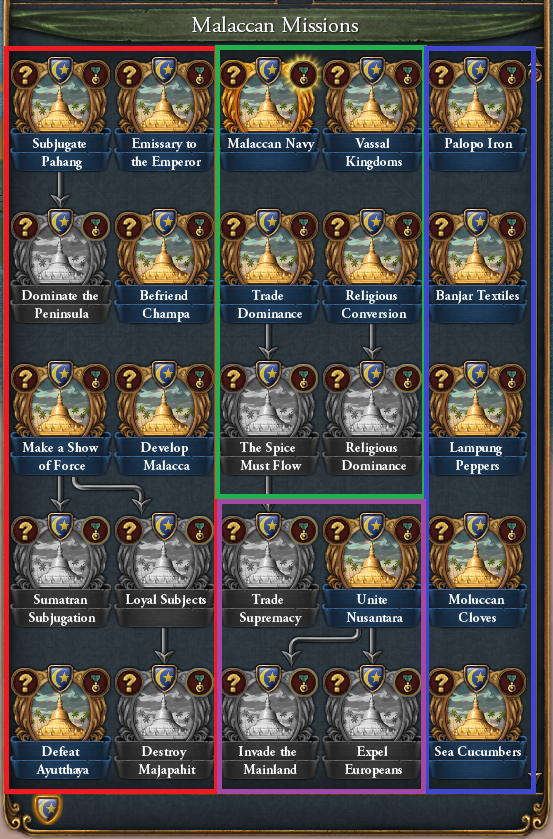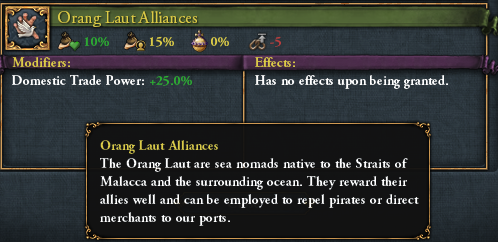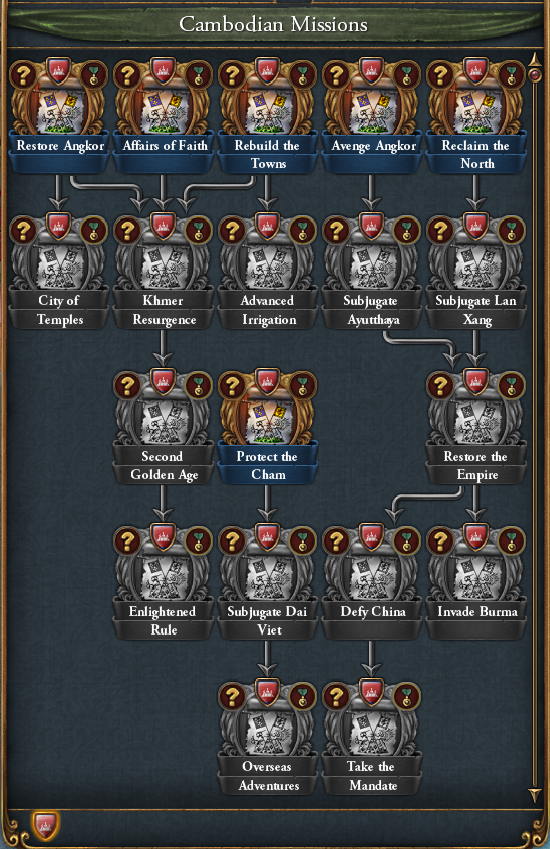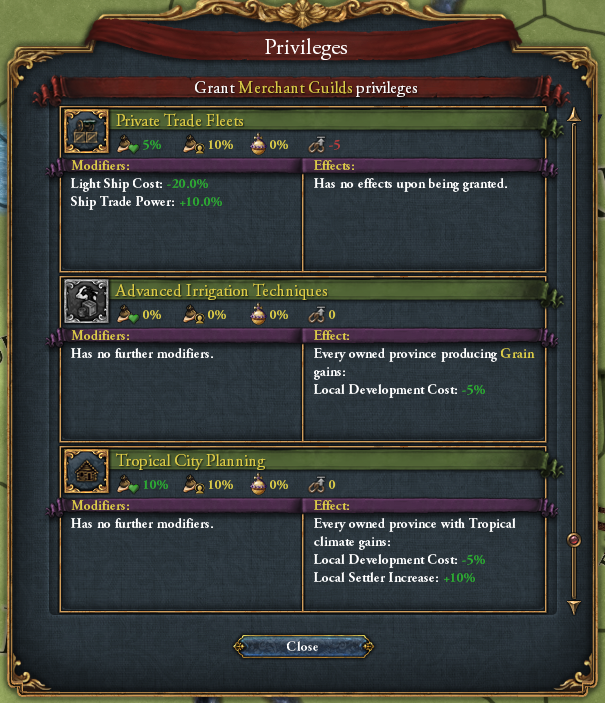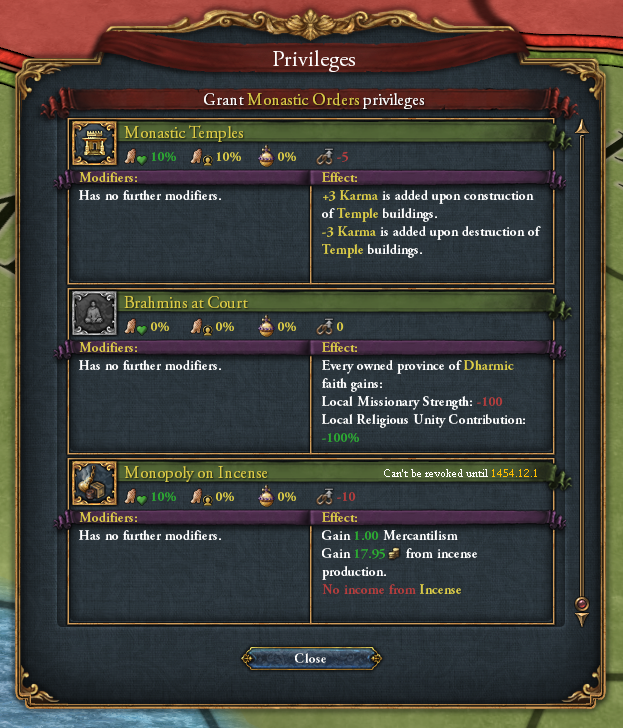
Sep 29, 2020
Europa Universalis IV - MagnusPDX
Click here to read on the Forums
Hello everyone and welcome to another development diary for Europa Universalis IV. I’m not sure how many times I’ve written these exact words in the last 8 years, but this time it is a special one. It may not be to announce an unprecedented new feature, or to tell you guys that having two consuls in rome is a stupid idea, or anything like that..
Today I’m here to introduce the new team for Europa Universalis IV. This summer we started up and recruited for a new studio based in Barcelona to take care of the game. While Starnan and Neondt having left the team this summer, Groogy is still part of the EU team, working as game designer and programmer with us.
So Paradox Tinto, who are we?

Johan Andersson
I suspect most of you know me by now, but for those who don’t. I’ve been here since 1998 and was one of the founders of Paradox, and ran PDS as Studio Manager for 15 years, and have spent the last 5 years as a creative director there. Now I am here starting up a new studio in a new country, and this is something I’m super-excited about.

Sonia Linares
Hola! I am Sonia Linares, Studio Operations Manager at Paradox Tinto.
I started my career within the Video Games Industry over 11 years ago in Madrid. During all these years, I have worked with a multitude of AAA games and a wide range of development Studios across the globe. I also have been lucky enough to be part of different departments & functions like Publishing Operations, Product Launch, Central Development Services -Age Ratings, Localization, Certification and First Party Submissions- .
I am sure that running Paradox Tinto (Barcelona) with Johan Andersson will be one of the most challenging, enlightening and fun jobs I have ever had!
Other than that I like sports, traveling and I love sweets.
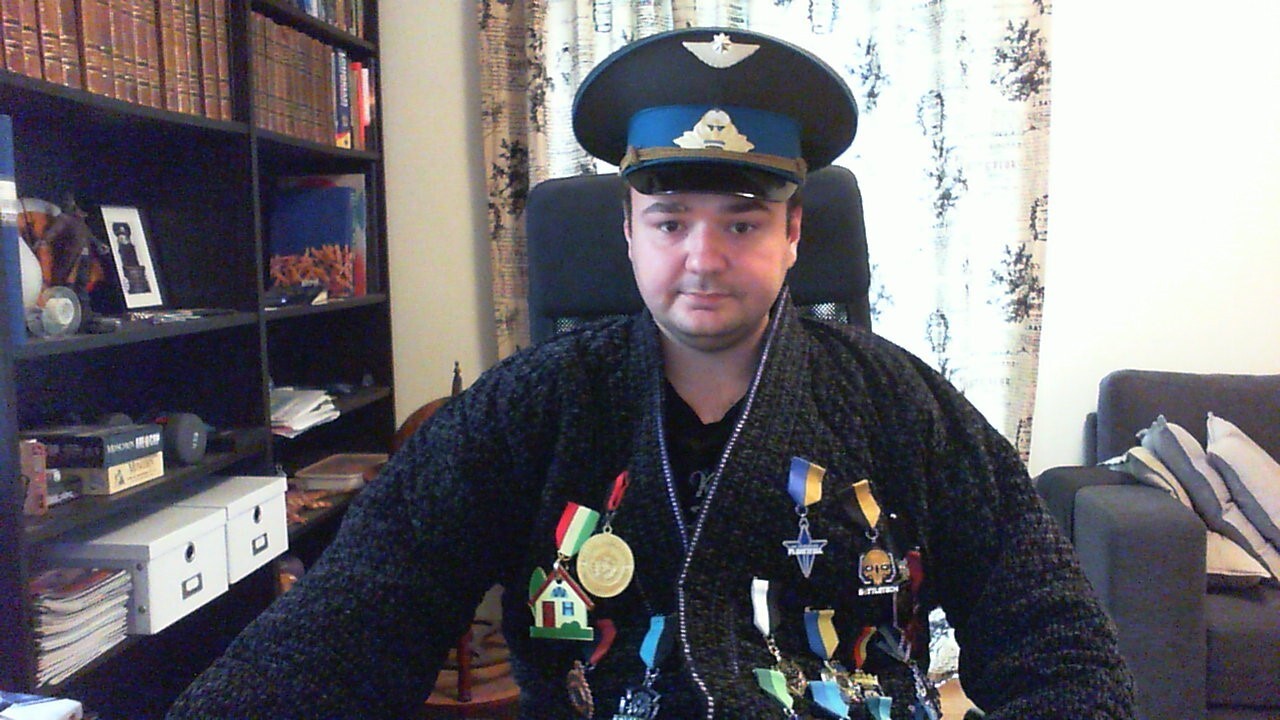
Alexander Ivannikov
Hi, I'm Alexivan. I've been working at PDS for the last 7 years on pretty much all of our projects and my current favourite PDS game is EU4. I feel very lucky and happy to be joining the Tinto team as the new Tech Lead and once again work on EU4.
In my spare time I play a lot of games and watch tons of anime, tv series, and movies. Some of my favourite games outside PDS are factorio, GTA5 MP, Terraria. When it comes to TV I would definitely recommend Watchmen, I love both the movie and the tv series. My anime recommendation for you guys would be Gintama. Leave a comment if you have suggestions on new things for me to check out.

David Horler
Hello, my name is David Horler, and I am the Art Lead at Tinto.
I began at Paradox South way back in 2013, where I worked on 3D art for Crusader Kings II and Europa Universalis IV.
For the last 3 years I've been at Paradox Development Studio, where I started off painting the Imperator: Rome world map. Most recently I was the technical artist on Crusader Kings III, where I got to work a little bit on almost everything artsy, like the environments, to the coats of arms, and the portraits, as well as lots of slightly less artsy behind-the-scenes stuff with our excellent Engine and Tools teams.
I'm a strategy gamer and really into history, so I'm very excited to help set up a new team of GSG-focused artists where we can put into practice everything we've learnt over the last few years.

Verónica Pazos
Hey! I'm Verónica, content designer at Paradox Tinto. I joined the team just a month ago, so my work has mainly consisted of getting to know the workflow and writing lots of flavor text. From now on, I'll be taking part in the design team and I'm really excited about creating a new heresy (and hopefully more content for your favorite countries). I like writing, History and games, so I kind of run out of hobbies coming here.

Jordi Santiago
Hi, I'm Jordi Santiago, gameplay programmer at Paradox Tinto. Me and some of my fellow workers here in Tinto have just joined Paradox, so I'm still getting familiar with code and stuff. Hopefully, I will be soon making your favorite games just a little better.

Adrián González
Hi! I'm Adrián and I've just arrived at Paradox Tinto. I'm a software engineer who will be working as a Gameplay programmer (or whatever is related to code!). Our team has just started and I'm very excited to see what we can build together. If I'm not playing and learning about EUIV, you can find me at Hallownest, Toussaint, or Caed Nua :)
Next week we are getting another content designer, and by the end of October another programmer. We are also recruiting UI & Concept Artists, and an UX Designer!
Building a new team is something that takes time. A programmer, even if he is very skilled with a lot of experience, takes a fair bit of time to learn a codebase, until that person is able to create new features. The same is for designers or artists, as it takes time to understand philosophies and processes. However, we have already working on new things together, and today we’ll show you the first things!
For a long time we have had one of the idea groups you can pick from switch depending on if you are a republic or not. Republics would get plutocracy and the others Aristocracy. Now in the next big update, we’ll have 3 new idea groups that can become available depending on what type of country you play.
Horde Government Ideas
horde_gov_ideas = {
category = MIL
bonus = {
cavalry_power = 0.25
}
trigger = {
has_reform = steppe_horde
}
horse_lords = {
cavalry_cost = -0.33
}
beyond_the_sun = {
ae_impact = -0.1
}
mandate_of_the_khan = {
religious_unity = 0.25
}
there_shall_be_no_grass = {
land_attrition = -0.2
}
horde_loyalty = {
global_unrest = -1
}
watchers_of_the_silk_road = {
caravan_power = 0.20
}
a_magnanimous_empire = {
num_accepted_cultures = 2
}
ai_will_do = {
factor = 20
}
}
Divine Ideas
theocracy_gov_ideas = {
category = MIL
bonus = {
global_heretic_missionary_strength = 0.01
church_loyalty_modifier = 0.1
brahmins_hindu_loyalty_modifier = 0.1
brahmins_muslim_loyalty_modifier = 0.1
}
trigger = {
government = theocracy
}
servants_of_god = {
devotion = 1
}
by_the_grace_of_god = {
fire_damage_received = -0.1
}
friends_in_high_places = {
leader_cost = -0.2
}
flesh_is_weak = {
land_morale = 0.1
}
alpha_and_omega = {
enforce_religion_cost = -0.1
culture_conversion_cost = -0.1
}
conviction_of_sin = {
global_unrest = -2
}
martyrs = {
global_manpower_modifier = 0.15
}
ai_will_do = {
factor = 0.9
modifier = {
factor = 0
has_idea_group = humanist_ideas
}
}
}
Indigenous Ideas
indigenous_ideas = {
category = MIL
bonus = {
global_institution_spread = 0.25
}
trigger = {
has_government_attribute = enables_natives_idea_group
}
indigenous_bountiful_land = {
tribal_development_growth = 0.05
development_cost = -0.05
}
indigenous_irregular_warfare = {
hostile_attrition = 1
}
indigenous_constitution = {
reform_progress_growth = 0.25
}
indigenous_braves = {
land_morale = 0.10
}
indigenous_controlled_burns = {
global_manpower_modifier = 0.2
}
indigenous_trade_with_foreigners = {
idea_cost = -0.1
}
indigenous_treaties = {
province_warscore_cost = -0.2
}
ai_will_do = {
factor = 1.0
}
}
When it comes to policies, these idea groups will be considered as aristocracy. Next week I’m back to talk a lot about some important balance changes we have been doing, with galleys, marines and other important things.
Hello everyone and welcome to another development diary for Europa Universalis IV. I’m not sure how many times I’ve written these exact words in the last 8 years, but this time it is a special one. It may not be to announce an unprecedented new feature, or to tell you guys that having two consuls in rome is a stupid idea, or anything like that..
Today I’m here to introduce the new team for Europa Universalis IV. This summer we started up and recruited for a new studio based in Barcelona to take care of the game. While Starnan and Neondt having left the team this summer, Groogy is still part of the EU team, working as game designer and programmer with us.
So Paradox Tinto, who are we?

Johan Andersson
I suspect most of you know me by now, but for those who don’t. I’ve been here since 1998 and was one of the founders of Paradox, and ran PDS as Studio Manager for 15 years, and have spent the last 5 years as a creative director there. Now I am here starting up a new studio in a new country, and this is something I’m super-excited about.

Sonia Linares
Hola! I am Sonia Linares, Studio Operations Manager at Paradox Tinto.
I started my career within the Video Games Industry over 11 years ago in Madrid. During all these years, I have worked with a multitude of AAA games and a wide range of development Studios across the globe. I also have been lucky enough to be part of different departments & functions like Publishing Operations, Product Launch, Central Development Services -Age Ratings, Localization, Certification and First Party Submissions- .
I am sure that running Paradox Tinto (Barcelona) with Johan Andersson will be one of the most challenging, enlightening and fun jobs I have ever had!
Other than that I like sports, traveling and I love sweets.

Alexander Ivannikov
Hi, I'm Alexivan. I've been working at PDS for the last 7 years on pretty much all of our projects and my current favourite PDS game is EU4. I feel very lucky and happy to be joining the Tinto team as the new Tech Lead and once again work on EU4.
In my spare time I play a lot of games and watch tons of anime, tv series, and movies. Some of my favourite games outside PDS are factorio, GTA5 MP, Terraria. When it comes to TV I would definitely recommend Watchmen, I love both the movie and the tv series. My anime recommendation for you guys would be Gintama. Leave a comment if you have suggestions on new things for me to check out.

David Horler
Hello, my name is David Horler, and I am the Art Lead at Tinto.
I began at Paradox South way back in 2013, where I worked on 3D art for Crusader Kings II and Europa Universalis IV.
For the last 3 years I've been at Paradox Development Studio, where I started off painting the Imperator: Rome world map. Most recently I was the technical artist on Crusader Kings III, where I got to work a little bit on almost everything artsy, like the environments, to the coats of arms, and the portraits, as well as lots of slightly less artsy behind-the-scenes stuff with our excellent Engine and Tools teams.
I'm a strategy gamer and really into history, so I'm very excited to help set up a new team of GSG-focused artists where we can put into practice everything we've learnt over the last few years.

Verónica Pazos
Hey! I'm Verónica, content designer at Paradox Tinto. I joined the team just a month ago, so my work has mainly consisted of getting to know the workflow and writing lots of flavor text. From now on, I'll be taking part in the design team and I'm really excited about creating a new heresy (and hopefully more content for your favorite countries). I like writing, History and games, so I kind of run out of hobbies coming here.

Jordi Santiago
Hi, I'm Jordi Santiago, gameplay programmer at Paradox Tinto. Me and some of my fellow workers here in Tinto have just joined Paradox, so I'm still getting familiar with code and stuff. Hopefully, I will be soon making your favorite games just a little better.

Adrián González
Hi! I'm Adrián and I've just arrived at Paradox Tinto. I'm a software engineer who will be working as a Gameplay programmer (or whatever is related to code!). Our team has just started and I'm very excited to see what we can build together. If I'm not playing and learning about EUIV, you can find me at Hallownest, Toussaint, or Caed Nua :)
Next week we are getting another content designer, and by the end of October another programmer. We are also recruiting UI & Concept Artists, and an UX Designer!
Building a new team is something that takes time. A programmer, even if he is very skilled with a lot of experience, takes a fair bit of time to learn a codebase, until that person is able to create new features. The same is for designers or artists, as it takes time to understand philosophies and processes. However, we have already working on new things together, and today we’ll show you the first things!
For a long time we have had one of the idea groups you can pick from switch depending on if you are a republic or not. Republics would get plutocracy and the others Aristocracy. Now in the next big update, we’ll have 3 new idea groups that can become available depending on what type of country you play.
Horde Government Ideas
horde_gov_ideas = {
category = MIL
bonus = {
cavalry_power = 0.25
}
trigger = {
has_reform = steppe_horde
}
horse_lords = {
cavalry_cost = -0.33
}
beyond_the_sun = {
ae_impact = -0.1
}
mandate_of_the_khan = {
religious_unity = 0.25
}
there_shall_be_no_grass = {
land_attrition = -0.2
}
horde_loyalty = {
global_unrest = -1
}
watchers_of_the_silk_road = {
caravan_power = 0.20
}
a_magnanimous_empire = {
num_accepted_cultures = 2
}
ai_will_do = {
factor = 20
}
}
Divine Ideas
theocracy_gov_ideas = {
category = MIL
bonus = {
global_heretic_missionary_strength = 0.01
church_loyalty_modifier = 0.1
brahmins_hindu_loyalty_modifier = 0.1
brahmins_muslim_loyalty_modifier = 0.1
}
trigger = {
government = theocracy
}
servants_of_god = {
devotion = 1
}
by_the_grace_of_god = {
fire_damage_received = -0.1
}
friends_in_high_places = {
leader_cost = -0.2
}
flesh_is_weak = {
land_morale = 0.1
}
alpha_and_omega = {
enforce_religion_cost = -0.1
culture_conversion_cost = -0.1
}
conviction_of_sin = {
global_unrest = -2
}
martyrs = {
global_manpower_modifier = 0.15
}
ai_will_do = {
factor = 0.9
modifier = {
factor = 0
has_idea_group = humanist_ideas
}
}
}
Indigenous Ideas
indigenous_ideas = {
category = MIL
bonus = {
global_institution_spread = 0.25
}
trigger = {
has_government_attribute = enables_natives_idea_group
}
indigenous_bountiful_land = {
tribal_development_growth = 0.05
development_cost = -0.05
}
indigenous_irregular_warfare = {
hostile_attrition = 1
}
indigenous_constitution = {
reform_progress_growth = 0.25
}
indigenous_braves = {
land_morale = 0.10
}
indigenous_controlled_burns = {
global_manpower_modifier = 0.2
}
indigenous_trade_with_foreigners = {
idea_cost = -0.1
}
indigenous_treaties = {
province_warscore_cost = -0.2
}
ai_will_do = {
factor = 1.0
}
}
When it comes to policies, these idea groups will be considered as aristocracy. Next week I’m back to talk a lot about some important balance changes we have been doing, with galleys, marines and other important things.




